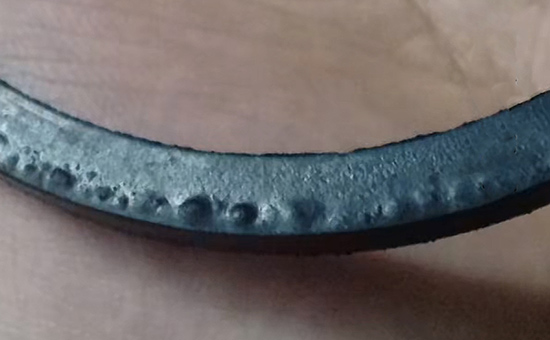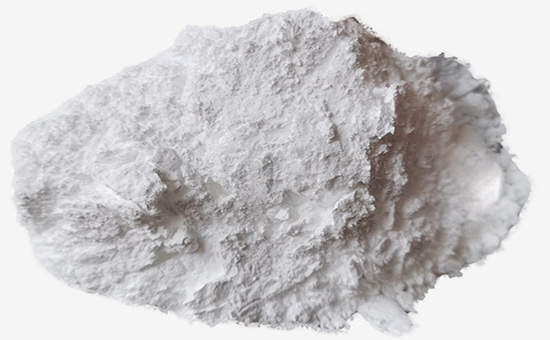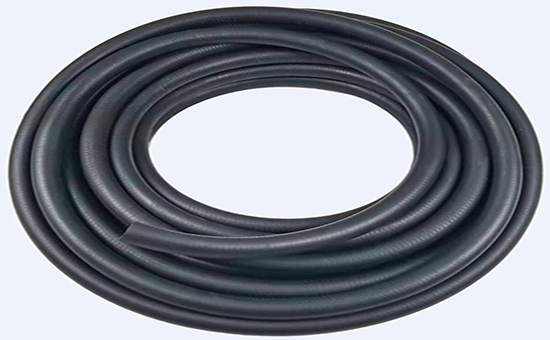
Bubbles produced in the production of rubber products not only affect the appearance of products, but also affect the mechanical properties and service life of products. In actual production, unreasonable rubber formulation design, unqualified raw material pretreatment and improper operation of mixing and vulcanization process will lead to bubbles. Rubber formula design is the basic link in the production of rubber products. Today, I will share with you how to design the formula of rubber products to prevent bubbles.
1. sources of rubber volatiles
Rubber volatile refers to the substances that can be volatilized from rubber under the specified heating conditions, including moisture, residual solvents and low molecular compounds. The moisture comes from the moisture e5lyy57 absorbed in contact with water during production or storage, such as natural rubber, synthetic rubber and compounding agents such as carbon black, white carbon black and calcium carbonate. Improper storage or moisture will absorb the moisture in the air; Residual solvents come from organic solvents used in rubber synthesis or processing, such as hexane; Low molecular compounds include unpolymerized monomers or aging decomposition products such as butadiene.
2. source of volatile matter in rubber formula
(1) Low viscosity plasticizer or operating oil with low boiling point and low flash point are used in rubber formulation. When the molecular weight of the plasticizer is less than 300, it will vaporize or separate from the rubber during the processing, generating volatile matter and generating bubbles; Some chemicals will decompose and produce gas in the process of processing due to moisture.

(2) The compounding agent in the rubber formula will react or decompose during vulcanization to produce volatile matter. For example, ketones and alcohols volatiles produced by the decomposition of peroxide curing agent, water as the by-product of the reaction among zinc oxide and stearic acid, and a large number of volatiles will be produced during the vulcanization of fluororubber.
3. the performance of the compound formulation system affects the generation of bubbles
(1) Low viscosity rubber is easy to be involved in gas and difficult to be discharged, and rubber products are easy to produce bubbles;
(2) The rubber with too short scorch time is not conducive to the discharge of gas after rapid vulcanization, resulting in bubbles;
(3) The rubber compound with too slow curing speed is prone to generate bubbles;
(4) Low hardness compounds are more likely to produce bubbles than high hardness compounds. The low hardness compound has low modulus, many and large pores, which are not easy to be discharged after being involved in the gas, and more gas will be involved. After the gas is heated and expanded, the bubbles formed by the gas are larger than those of the high hardness compound, which is easy to produce bubbles.

4. how to design the formula to prevent bubbles
(1) Ensure that the concentration of volatile matter in raw rubber materials and compounding agents is controlled to the lowest level;
(2) The vulcanization system should be designed reasonably, and the vulcanization speed should be designed as high as possible on the premise of ensuring that the scorch time meets the requirements of processing safety; The combination of vulcanization system should be considered to minimize the possibility of volatile matter produced by vulcanization reaction.
To avoid bubbles in the production of rubber products, rubber product manufacturers also need to strictly control the production process, including raw material pretreatment, mixing process, molding process and vulcanization process. We will continue to discuss relevant issues with you later.
Exclusive original article [commercial authorization] reprint, excerpt and excerpt in any form are prohibited without written authorization. Focus on Hongyun rubber: learn the process formula and raw material technology of producing rubber products from recycled rubber to help you reduce costs and increase profits